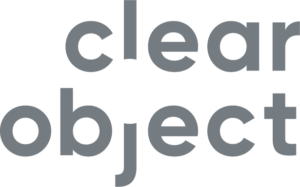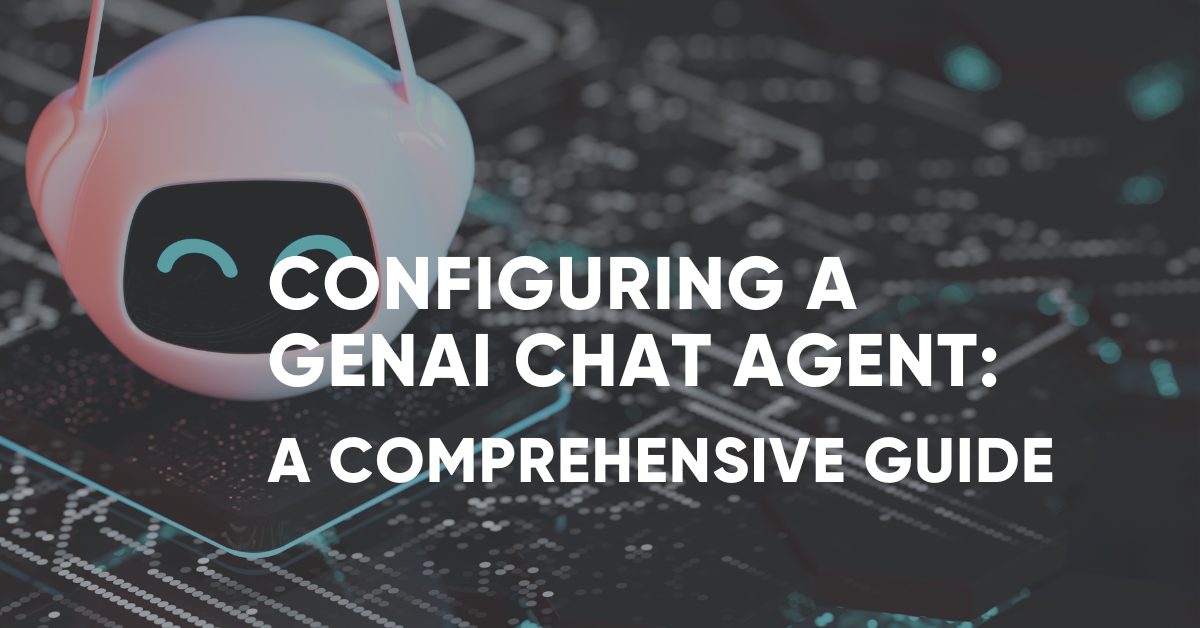Chat agents have become an integral part of businesses aiming to enhance customer experience and streamline communication. However, setting up a chat agent requires careful consideration and configuration to ensure it aligns with your business goals and meets customer expectations. In this guide, we will walk you through the essential steps to properly configure a chat agent for optimal performance and user satisfaction.
Choose the Right Platform
Selecting the appropriate platform is the first step in configuring your chat agent. There are numerous options available, ranging from standalone chatbot builders to integrated solutions within customer relationship management (CRM) systems. Consider factors such as your business size, budget, technical capabilities, and desired features when making your decision.
Find the Right Partner
Chat agents or chatbots are the front line for your customers and prospects, they are the beginning of your relationship. The good news is that you do not need to figure out chat agents on your own. Finding a reputable service provider who can help you navigate the ever-changing landscape of GenAI can be an invaluable asset and help you customize your chat agent to maximize impact.
Define Clear Objectives
Before diving into the configuration process, outline your chat agent’s objectives. Are you looking to provide instant customer support, gather user feedback, or assist with sales inquiries? Defining clear objectives will guide your configuration choices and help you tailor the chat agent’s responses and functionality accordingly.
Tailor the Voice of the Language Model
The success of a chat agent largely depends on its ability to communicate naturally and engage users. GenAI can be trained to use clear, concise language that mirrors your brand voice. In our internal systems, we’ve created chat agents that help users in the voice of a friendly CS agent, a “surfer dude”, and even an agent that pontificates like Winston Churchill. But most enterprises tend to avoid overly technical jargon, and aim for a friendly and approachable tone. Incorporating humor and personality, when appropriate, can also create a more enjoyable user experience.
Implement Feedback Mechanisms
Modern chat agents should leverage feedback mechanisms to improve their performance over time. These technologies enable the agent to learn from user interactions, adapt to new scenarios, and provide more accurate responses. Train the AI model with a diverse set of data to ensure a broader understanding of user intents and contexts, and update the model frequently.
Integrate with Knowledge Base
Empower your chat agent with a robust knowledge base containing information about your products, services, policies, and frequently asked questions. This could also include seeding it with sales assets, competitive information, website text, and other marketing materials, Integration with the right knowledge bases enables the chat agent to provide accurate and up-to-date information to users promptly. Regularly update the knowledge base to reflect any changes in your offerings.
Enable Multilingual Support
In a global marketplace, catering to diverse languages can significantly expand your chat agent’s reach. Configure your chat agent to support multiple languages, ensuring accurate translation and context preservation. Implement language detection capabilities to automatically switch between languages based on user input.
Personalize User Interactions
Personalization enhances the user experience and fosters a sense of connection. Configure your chat agent to gather user information (with proper consent) and use it to tailor responses and recommendations. Address users by their names, remember past interactions, and suggest relevant products or services based on their preferences.
Set Clear Escalation Paths
Despite a chat agent’s capabilities, there will be scenarios where human intervention is required. Define clear escalation paths for instances when the chat agent cannot address a user’s query satisfactorily. Implement a seamless transition to a human agent or support team, ensuring a smooth continuation of the conversation.
Test and Iterate
Configuring a chat agent is not a one-time process; it requires continuous testing and refinement. Conduct thorough testing in various scenarios to identify potential issues or gaps in the conversation flow. Gather feedback from users and analyze chat transcripts to uncover areas for improvement. Regularly update and fine-tune your chat agent based on these insights.
Properly configuring a chat agent is a dynamic and iterative process that demands careful planning, creativity, and a deep understanding of user needs. By selecting the right platform, defining objectives, designing an effective conversational flow, and harnessing the power of AI and personalization, you can create a chat agent that elevates customer interactions and contributes to the overall success of your business. Remember, the key lies in continuous testing, refinement, and staying attuned to evolving customer expectations.
ClearObject can help. As an experienced service provider and a Google Cloud GenAI Launch Partner, our experts can help you answer these questions and get started with a program designed for your business.




